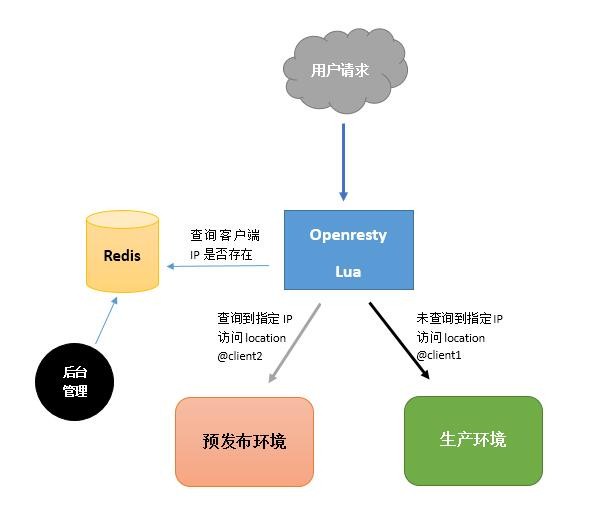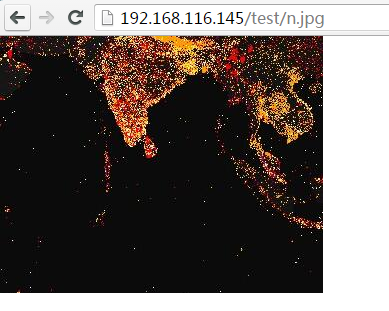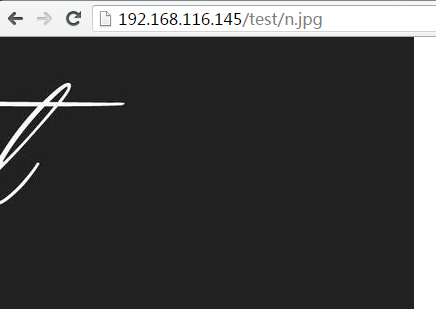Openresty+Lua+Redis灰度发布 - K‘e0llm - 博客园
灰度发布,简单来说,就是根据各种条件,让一部分用户使用旧版本,另一部分用户使用新版本。百度百科中解释:灰度发布是指在黑与白之间,能够平滑过渡的一种发布方式。AB test就是一种灰度发布方式,让一部分用户继续用A,一部分用户开始用B,如果用户对B没有什么反对意见,那么逐步扩大范围,把所有用户都迁移到B上面 来。灰度发布可以保证整体系统的稳定,在初始灰度的时候就可以发现、调整问题,以保证其影响度。上述描述的灰度方案A和B需要等量的服务器,这里我们所做的灰度发布稍作改变:用1-2台机器作为B,B测试成功再部署A。用于WEB系统新代码的测试发布,让一部分(IP)用户访问新版本,一部分用户仍然访问正常版本,原理如图:

执行过程:
1、当用户请求到达前端web(代理)服务器Openresty,内嵌的lua模块解析Nginx配置文件中的lua脚本代码;
2、Lua获取客户端IP地址,去查询Redis中是否有该键值,如果有返回值执行@clien2,否则执行@client1。
3、Location @client2把请求转发给预发布服务器,location @client1把请求转发给生产服务器,服务器返回结果,整个过程完成。
Openresty部分配置如下:
upstream client1 {
server127.0.0.1:8080; #模拟生产服务器
}
upstream client2 {
server127.0.0.1:8090; #模拟预发布服务器
}
server {
listen80;
server_name localhost;
location^~ /test {
content_by_lua_file/app/ngx_openresty/nginx/conf/huidu.lua
}
location @client1{
proxy_pass http://client1;}
location @client2{
proxy_pass http://client2;}
}Lua脚本内容如下:
local redis = require"resty.redis"local cache=redis.new()
cache:set_timeout(60000)
local ok, err= cache.connect(cache,'127.0.0.1',6379)ifnot okthenngx.say("failed to connect:", err)
return
end
local red, err= cache:auth("foobared")ifnot redthenngx.say("failed to authenticate:", err)
return
end
local local_ip= ngx.req.get_headers()["X-Real-IP"]iflocal_ip == nilthenlocal_ip= ngx.req.get_headers()["x_forwarded_for"]
endiflocal_ip == nilthenlocal_ip=ngx.var.remote_addr
end--ngx.say("local_ip is :", local_ip)
local intercept=cache:get(local_ip)ifintercept == local_ipthenngx.exec("@client2")
return
end
ngx.exec("@client1")
local ok, err=cache:close()ifnot okthenngx.say("failed to close:", err)
return
end验证:
url:http://192.168.116.145/test/n.jpg (模拟生产环境)
客户端IP:192.168.116.1(模拟公司办公网IP)
1、访问http://192.168.116.145/test/n.jpg
返回的结果是生产服务器的。

在Redis存入客户端IP:

继续访问:
请求到的是预发布服务器返回的结果。

在Redis中删除客户端IP:

然后刷新浏览器:
返回生产服务器的结果。

通过lua实现灰度发布
nginx.conf
[root@server conf]# cat nginx.conf user root; worker_processes 1; events { worker_connections 1024; } http { include mime.types; default_type application/octet-stream; sendfile on; keepalive_timeout 65; upstream up1{ server 127.0.0.1:8081; } upstream up2{ server 127.0.0.1:8082; } upstream all{ ip_hash; serever 127.0.0.1:8081; serever 127.0.0.1:8082; } server { listen 80; server_name localhost; # 请求交给lua脚本处理 location / { lua_code_cache off; content_by_lua_file /usr/local/nginx/lua/proxy.lua; } # location @ 用于nginx内部跳转 location @up1 { proxy_pass http://up1; } location @up2 { proxy_pass http://up2; } location @all { proxy_pass http://all; } } }
proxy.lua
ngx.header.content_type="text/html;charset=utf8" redis = require('resty.redis') redis = redis.new() redis:set_timeout(1000) ok,err = redis:connect('127.0.0.1', 6379) if not ok then ngx.say('connect to redis failed ! reason: ' .. err) end -- 从redis中检查是否存在即将更新的upstream主机 check_up1 = redis:get('update1') --(up1) check_up2 = redis:get('update2') --(up2) redis:close() -- 注意返回的数据类型来判断 if check_up1 == "1" then ngx.exec("@up2") elseif check_up2 == "1" then ngx.exec("@up1") else ngx.exec("@all") end -- 原理就是利用redis中设置指定key,比如要更新主机1,则redis中添加key=update1,value=1,当浏览器请求进入nginx的content阶段后执行lua脚本, -- 脚本中检查redis中是否存在要更新的主机,如果发现某个主机要更新则通过Nginx API for Lua中的ngx.exec接口内部跳转到另一台主机。 -- 如果两个都不更新,则根据nginx自己的方式(默认轮询)分发请求。 -- nginx里使用了ip_hash保持会话,主要是为了用户的请求在后端记录的日志中保持完整。